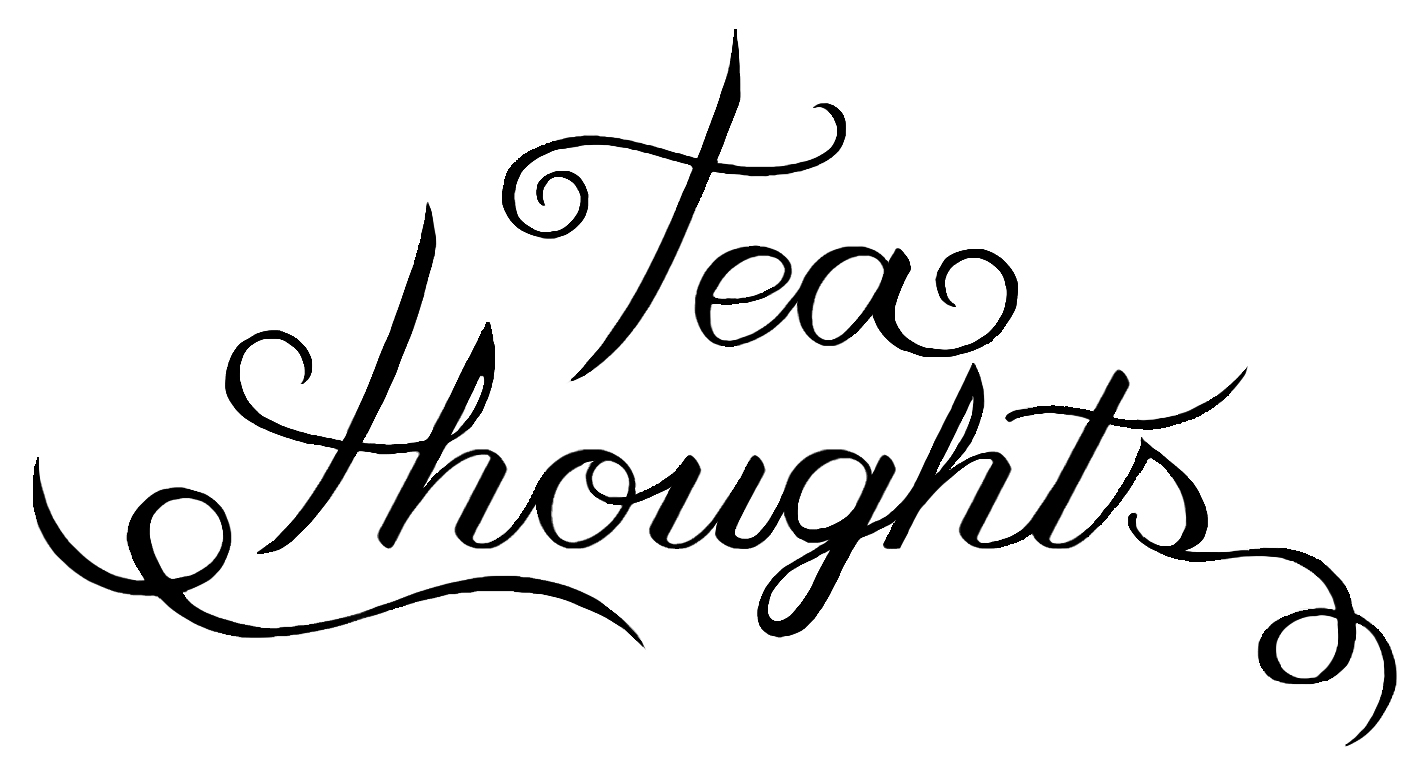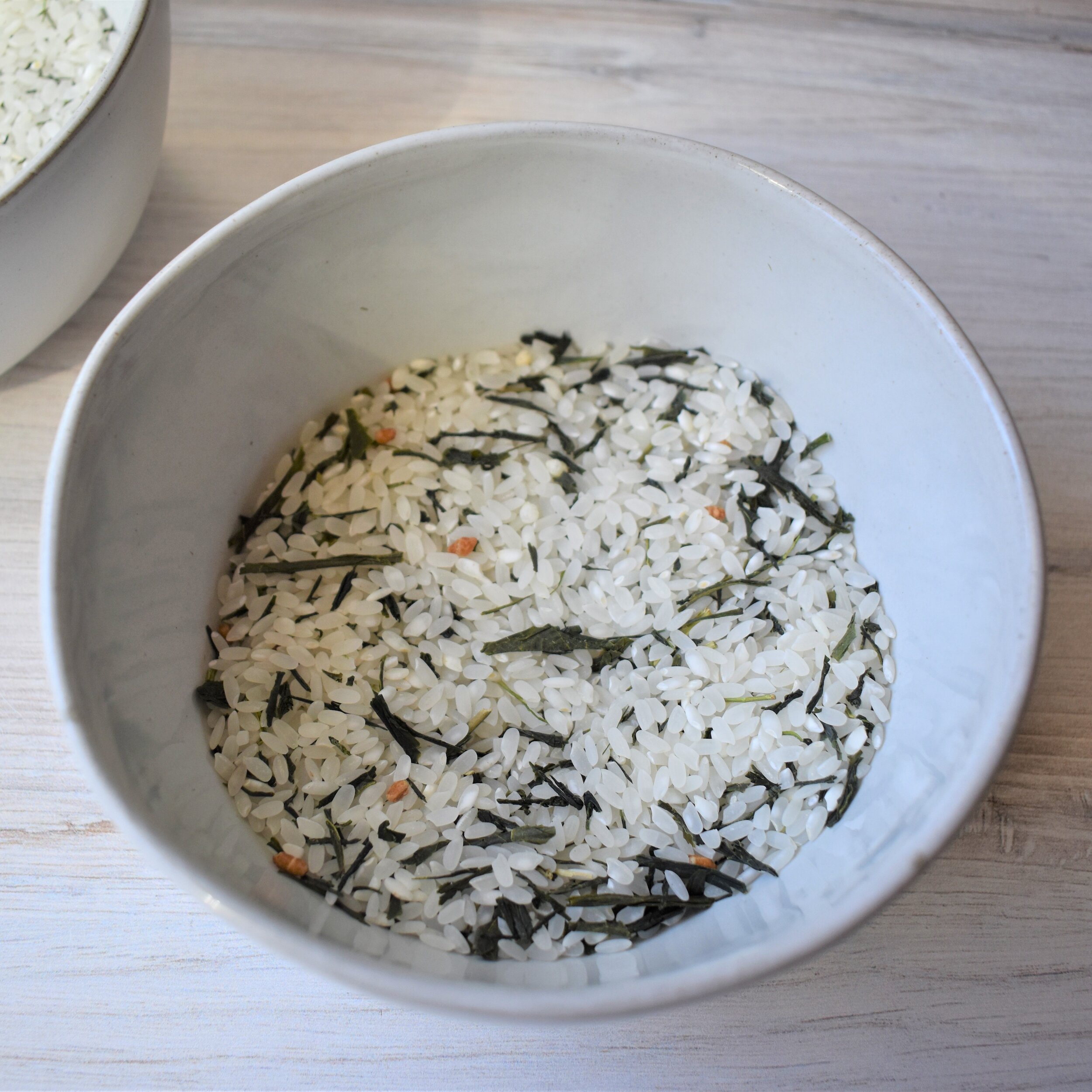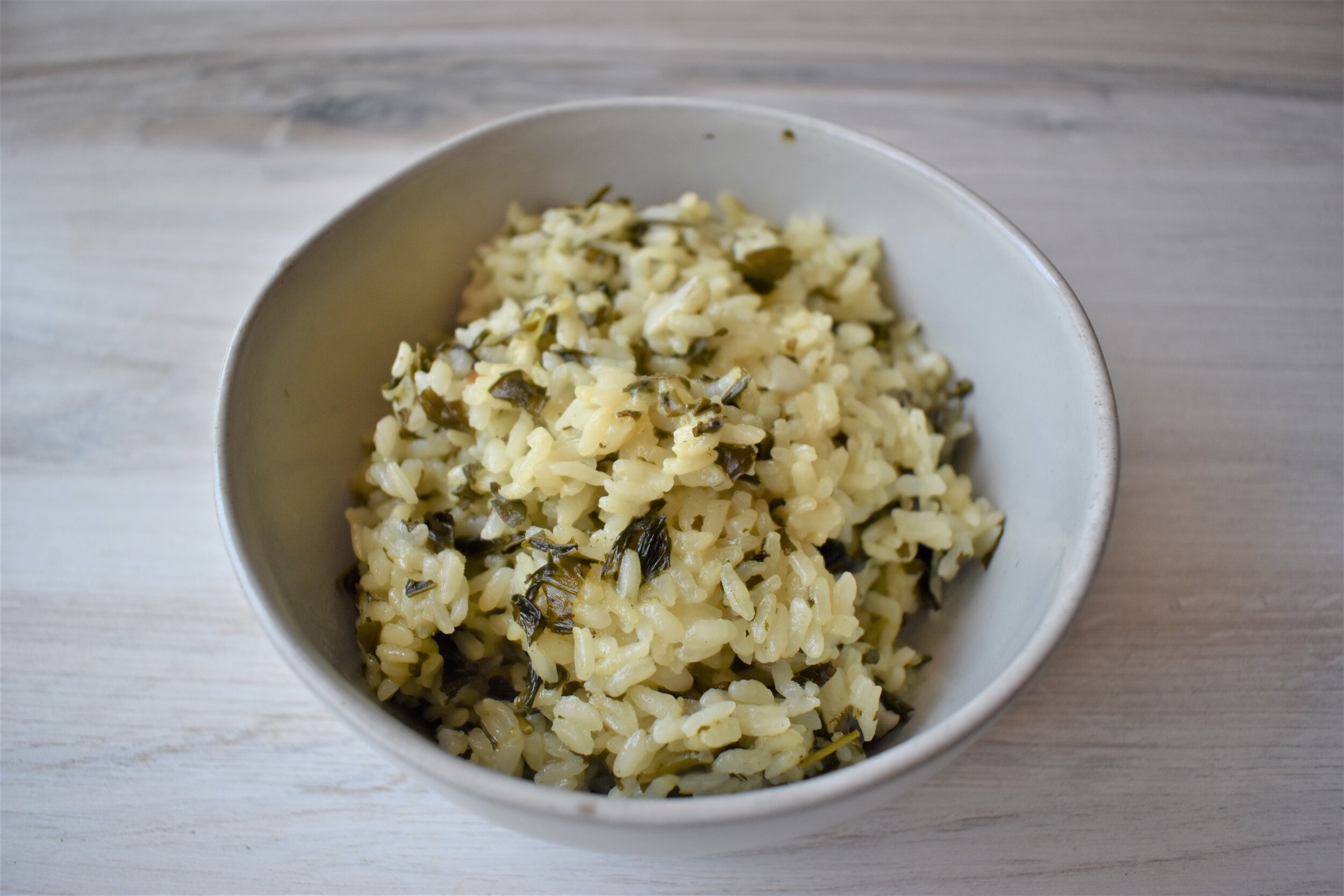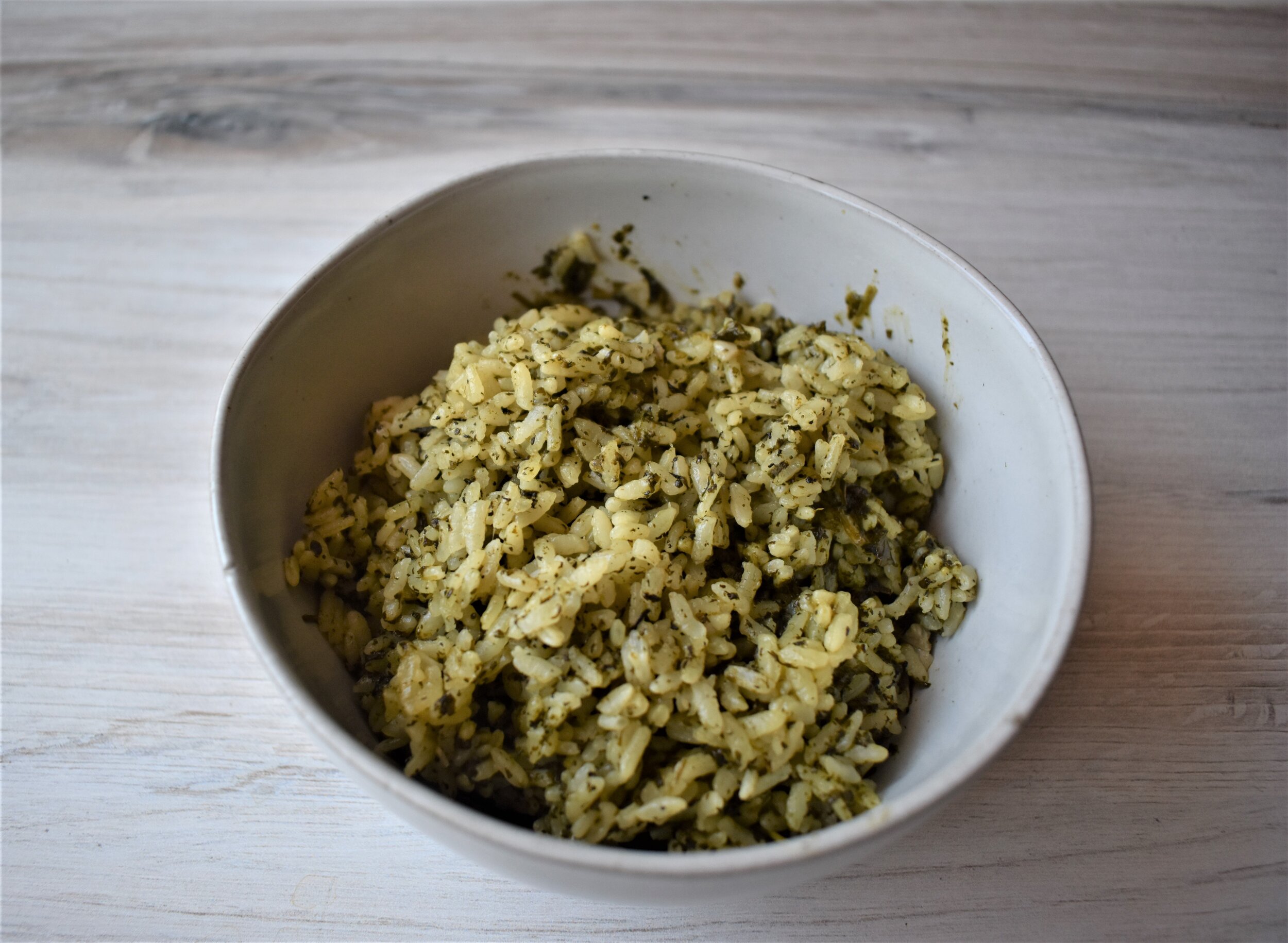Genmaicha Rice Vs. Sencha Rice
If you aren’t following Tea Curious on instagram, you need to! She encourages experimenting with your tea instead of just accepting what people say about tea. She often tests ways of brewing, tasting etc! She recently had a challenge to drink down your green tea collection and guess what, I really needed to participate.
I started out with having some of my old, but surprisingly still good matcha every morning until that was finished and then I turned to my cabinet where I have a few green teas. I’ll be honest, while I don’t dislike green teas they aren’t what I reach for first so they often fall by the wayside. I actually really enjoy cold brewing green tea and drinking it out of a fancy glass with my dinner :)
Since today was the last day, I decided to help drink down my stash by experimenting with cooking! I was set on cooking rice in tea because I love doing that :) I’ve done it a few times and you can find those recipes here:
In this post, I will talk more about the teas as opposed to the cooking method, so if you’re interested in that make sure to check out the linked posts.
Let’s meet the teas: Genmaicha and Sencha.
Both of these teas are actually fairly fresh. The genmaicha is from ippodo tea that I was given to photograph for one of my birthday giveaways! The sencha is a gift that my cousin brought me from his recent trip to Japan. I’m almost 100% certain it is sencha after asking some friends who know Japanese and also comparing it to my other green teas.
Now, I broke several rules of here for the sake of the experiment. I’ve cooked with tea many times and there is a balance between bitterness and all the flavor cooking off. I decided to cold brew the tea with 3 tablespoons of tea to make sure I got a potent brew since I would be using the brew as the water for the rice. I know this sounds like a lot but I need it to be potent so that it isn’t all cooked off which can happen.
So, at first glance the Sencha (on the right) is way darker in color and looks like it will give more of that flavor into the rice. This is the first interesting part of the experiment because this also speaks to when brewing this tea. Both of these brews had the same amount of tea and water and cold crewed for about 10 hours. I didn’t open the leaves up with warm water first, I just filled with vessels with cold water. I cooked each 1/2 cup of rice with one cup of the brewed tea.
At this point, I also kind of knew which rice I would like better. But, let’s continue!
When I cooked the rice, I also put a little less than a tablespoon of the leaves into the dry rice. It may seem like overkill, but I wanted to see which tea would hold up best to the environment.
After cooking, there was a large difference in how green the two rices turned out. You may be able to guess based on the darkness of the brews above.
Since I used tea in the rice as well, the sencha was a little bit more potent in terms of turning the rice color.
So after taking a few bites of each, here is what I thought. Genmaicha was the winner! If we talk about the flavor of green tea, the sencha rice is definitely more overpowering but it is present for the genmaicha but in a more pleasing way.
The sencha was strong but also a bit bitter. I would still totally eat this whole bowl and pairing it with either an egg or veggies and meat will be delicious. But on it’s own, it was just a bit too bitter and it seemed like the leaves kind of fell flat in the cooking process. The one thing that this rice did hold over the genmaicha is that the leaves incorporated better into the rice and it was a bit easier to eat.
The genmaicha rice was my favorite for a few reasons. First, I thing the brew was an nice, even flavor that really shows up in the rice. I think the genmaicha is much better quality tea than the sencha. The genmaicha flavor shows up in the rice but it is also mellow enough to let you enjoy the flavor of the rice as well. I think this would pair well with something a bit heavier. The one downside to the genmaicha was that the larger leaves and rice made it a bit more difficult to eat incorporated as there were some chewier aspects to it.








